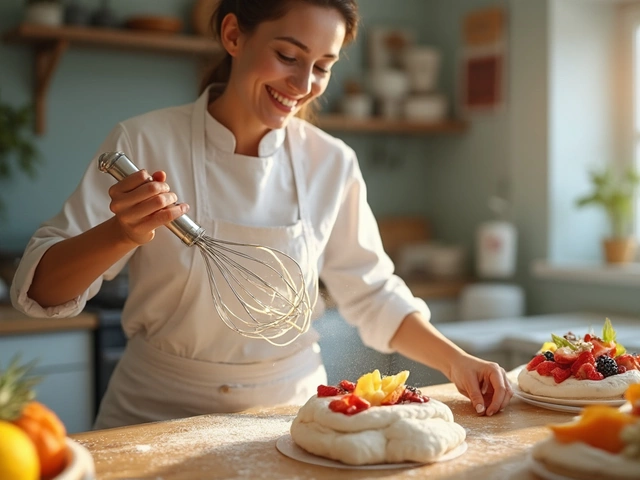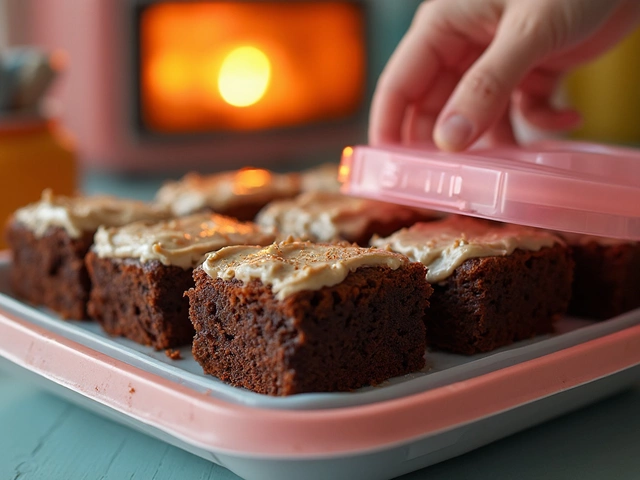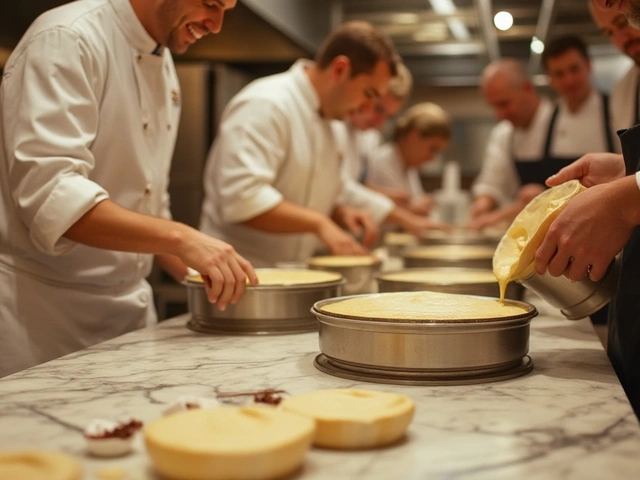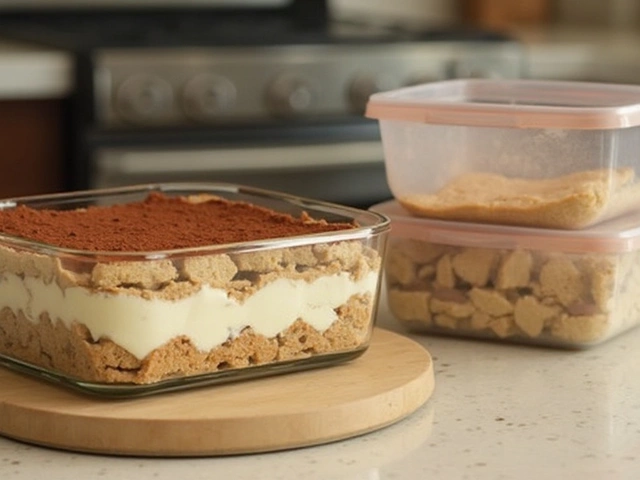Macaron Guide – Your Quick Handbook for Prices, Tips & Tricks
If you’ve ever stared at a tray of pastel‑colored macarons and wondered how much they cost or why they sometimes crack, you’re not alone. Macarons are the tiny, delicate French cookies that have become a global obsession, and they’re surprisingly simple once you know the basics. This guide covers the most common questions – from price points in Paris to fool‑proof methods for making them at home.
First off, remember that a macaron isn’t just a pretty face. It’s a sandwich of two meringue shells with a creamy filling. The shells need a smooth, shiny top and a slightly chewy interior. Getting that texture right is the biggest hurdle, but the right technique makes it repeatable.
How Much Do Macarons Cost in France?
Walking down a Parisian bakery lane, you’ll see macaron prices range from €1 to €2.50 each, depending on the shop’s reputation and the flavor complexity. Premium boutiques that hand‑pipe each shell can charge up to €3 per macaron, while a standard bakery might price a dozen for €12‑€15. If you’re budgeting a party, buying a bulk box (often 24‑30 pieces) can shave a few euros off the per‑piece cost.
Don’t forget the hidden costs: travel to the bakery, any custom decoration, and seasonal flavors that might be priced higher. For a realistic estimate, aim for €1.50 per macaron when planning a dessert table for a small gathering.
Tips for Making Perfect Macarons at Home
Here’s the no‑fluff, step‑by‑step approach that works for most home bakers:
- Use a kitchen scale. A gram off can ruin the meringue consistency.
- Whisk egg whites to stiff peaks. They should form a glossy peak that stands up when the whisk is lifted.
- Fold the almond flour and powdered sugar gently. You want a “ribbon” texture that falls back into the bowl within 10 seconds.
- Rest the piped shells. Let them sit 30‑60 minutes until a skin forms – you can touch them; they shouldn’t stick.
- Don’t over‑bake. 12‑14 minutes at 150 °C (300 °F) usually gives a firm top with a soft interior.
After baking, let the shells cool completely before pairing them with your favorite filling – buttercream, ganache, or jam. Store them in an airtight container for at least 24 hours; the flavors meld and the shells soften just enough for that perfect bite.
One common mistake is opening the oven door too early. The sudden temperature drop can cause cracks. Trust the timer, and keep the door closed until the last minute.
When you master the shell, you can experiment with colors, flavors, and even texture add‑ins like crushed nuts or citrus zest. The base recipe stays the same; it’s the fillings that let you get creative.
Whether you’re buying from a Paris patisserie or whipping up a batch in your kitchen, the key is simplicity. Stick to the basic technique, use accurate measurements, and give the shells time to rest. You’ll find yourself enjoying that crisp‑outside, chewy‑inside bite without the mystery price tag.
Now that you have the price range and a solid method, go ahead and plan your next dessert spread. Your friends will think you’re a pro, and your wallet will thank you for the smart buying tips.
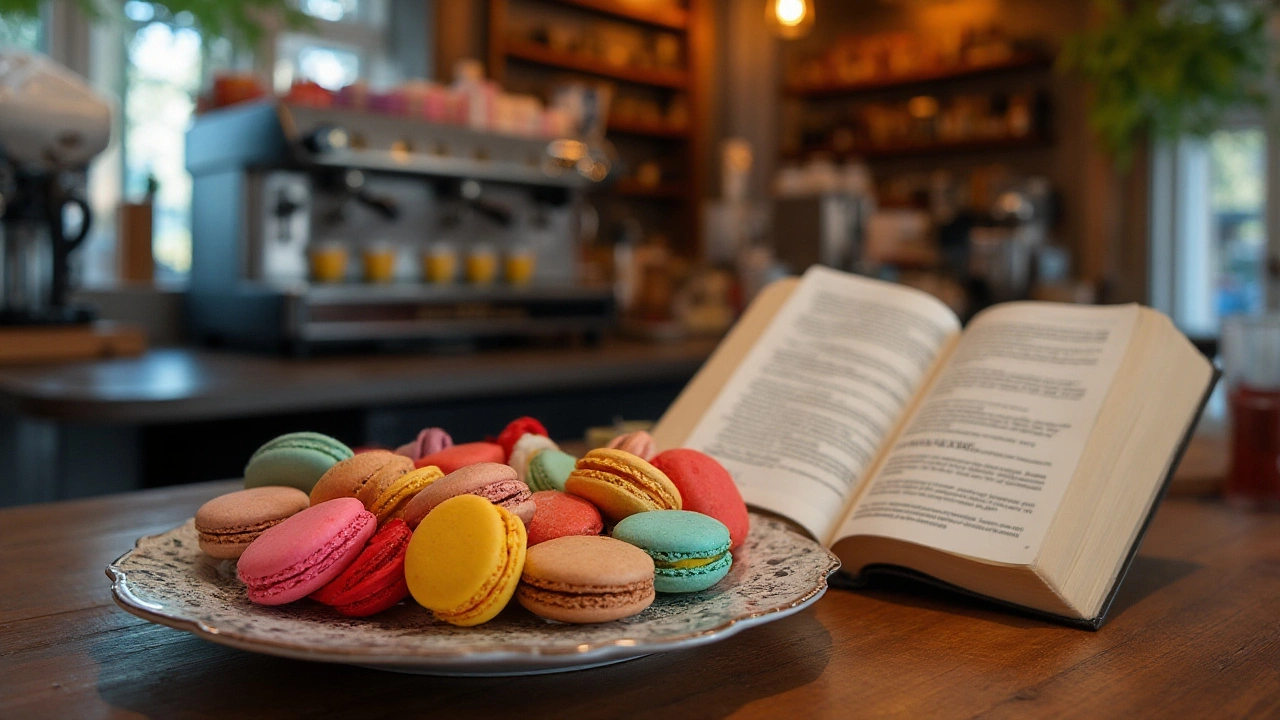
How to Pronounce 'Macaron' in Portuguese: A Sweet Linguistic Guide
In this article, we explore the pronunciation of 'macaron' in Portuguese, offering a sweet and playful linguistic guide to this delightful pastry. Learn fascinating facts about macarons, dive into their history, and discover pronunciation tips that will make you sound like a pro. Whether you're planning a trip to Portugal or simply want to improve your culinary vocabulary, this article has got you covered. We’ll also unravel some common misconceptions about the French and Portuguese interpretations of this confectionery delight.
View More

